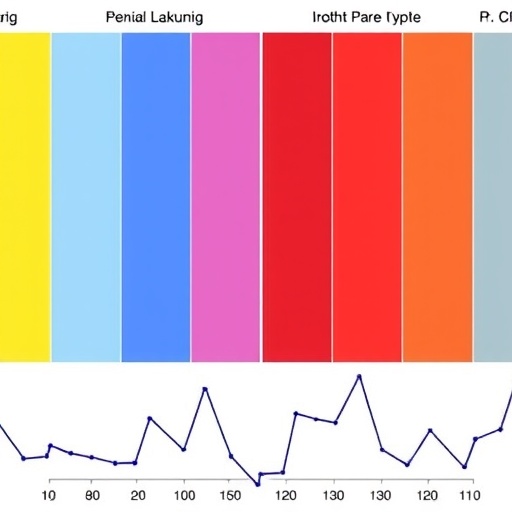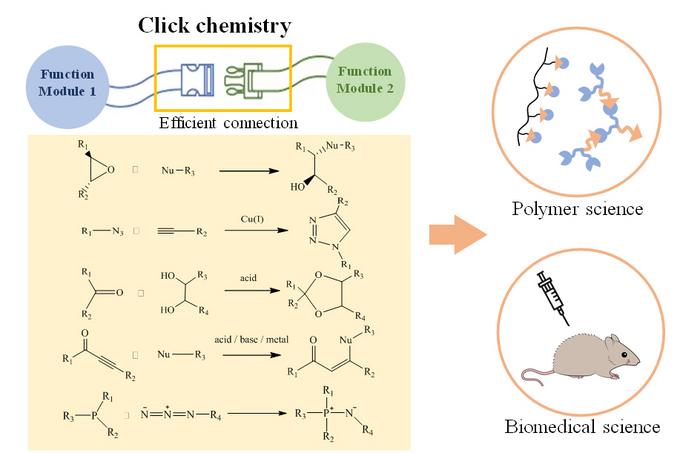In a groundbreaking exploration of hematological malignancies, a team of researchers led by Yang, Tuerxun, and Cai have conducted an extensive systematic review aimed at evaluating prediction models for various types of leukemia. This research, published in the esteemed journal Journal of Cancer Research and Clinical Oncology, sheds light on the evolving landscape of predictive analytics as they pertain to leukemia—one of the most complex and prevalent forms of cancer. Through meticulous compilation and critical appraisal of existing models, the researchers hope to enhance the accuracy of leukemia prognostications and ultimately revolutionize patient outcomes.
Leukemia, characterized by the overproduction of aberrant white blood cells, presents a unique set of challenges for clinicians and researchers alike. The heterogeneity of leukemia types—from the rapid progression of acute myeloid leukemia (AML) to the more indolent chronic lymphocytic leukemia (CLL)—impedes standardized treatment modalities. The nuances of each disease variant drive the need for personalized approaches, reinforced by robust predictive models that can foresee disease behavior based on genetic, environmental, and patient-specific factors. This notion of personalized medicine is at the forefront of contemporary oncology and is what the researchers aim to refine through their review.
The review encompasses a multitude of studies, each contributing to an overarching framework that addresses significant discrepancies in prognostic accuracy and model applicability. By dissecting the methodologies employed in these prediction models, the authors unveil both strengths and limitations inherent in current approaches. This critical appraisal does not merely seek to catalog the predictions but rather to foster a discourse around the applicability of these models in clinical settings. The need for universal criteria and validation protocols is more pressing than ever, and their findings illuminate critical gaps that must be bridged to achieve reliable and generalized predictive analytics.
Among the wealth of collected data, the authors underscore a troubling trend: many existing models lack validation in diverse populations, which raises concerns about their efficacy in real-world clinical scenarios. The potential for bias based on the demographic conditions of initial studies can lead to erroneous prognoses and potentially harmful treatment decisions. This highlights an urgent call for inclusive research designs that incorporate a varied patient demographic, ensuring that all patients have equitable access to innovation in predictive healthcare.
One particularly promising avenue explored in the review is the integration of machine learning techniques into leukemia prediction models. As big data analytics evolves, these sophisticated algorithms stand to revolutionize predictive capabilities, harnessing vast datasets to identify patterns and correlations that traditional statistical methods might miss. The researchers posit that such innovations could lead to more precise algorithms that enhance individualized patient treatment plans, thus reducing the burden of lengthy wait times inherent in standard diagnostic processes.
Additionally, the authors advocate for enhanced collaboration between computational scientists and oncologists to further refine these machine learning models. While technological advancements offer unparalleled potential, the translation of these predictive tools into clinical settings necessitates a nuanced understanding of both the malignancy in question and the intricacies of medical practice. Bridging the gap between computational modeling and clinical considerations could foster initiatives leading to more robust predictive frameworks that clinicians can trust and utilize effectively.
In their evaluation, the authors also highlight the significance of incorporating biological and molecular markers into predictive models. Factors such as genetic mutations, epigenetic modifications, and the leukemia microenvironment can all impact patient prognosis and treatment response, yet they remain inadequately represented in current models. The omission of these factors raises questions about the comprehensiveness of predictions and illustrates the need for integrated approaches that consider the multifaceted nature of leukemia.
Risk stratification, a cornerstone of leukemia management, is another area where prediction models can significantly influence outcomes. Differentiating between patients who will experience rapid disease progression versus those with a more subdued trajectory is critical for treatment decisions. By improving risk assessment through advanced predictive techniques, clinicians can tailor therapies more effectively, potentially improving survival rates while minimizing unnecessary toxicities associated with overtreatment.
As the review progresses, the authors also delve into how external factors such as lifestyle, socioeconomic status, and environmental exposures can shape the trajectory of leukemia. This holistic view emphasizes that prediction models should not solely focus on biological data, but must consider the patient’s broader context to offer truly individualized prognoses. Such multifactorial consideration could illuminate paths for intervention that extend beyond biological treatments to include lifestyle modifications and social support systems that can enhance overall patient well-being.
The necessity for ongoing education regarding new predictive tools is paramount. As researchers and clinicians alike embrace these innovations, the need for training and upskilling within the healthcare community becomes increasingly essential. The adoption of new models relies on a robust understanding of their development, limitations, and applications so that healthcare professionals can make informed decisions based on the latest predictive evidence.
In conclusion, the collective vision set forth by Yang and colleagues is one of synergy between advanced research and clinical practice in leukemia management. Their systematic review serves as a clarion call for further developments in predictive modeling that prioritize patient-centered approaches, inclusivity, and the integration of cutting-edge data science techniques. This work stands to shape the future of leukemia treatment, heralding a new era of precision oncology where outcomes can be anticipated, managed, and ultimately improved for all patients battling this formidable disease.
By catalyzing discussions surrounding the critical appraisal of current models and identifying avenues for future research, this study has the potential to foster transformative change in how leukemia is understood and treated. As they make strides towards a more refined understanding of leukemia prediction, the impact on patient care and the field of oncology at large could be profound.
Subject of Research: Predictive models for various types of leukemia
Article Title: Prediction models for different types of leukemia: a systematic review and critical appraisal
Article References:
Yang, Y., Tuerxun, A., Cai, X. et al. Prediction models for different types of leukemia: a systematic review and critical appraisal.
J Cancer Res Clin Oncol 151, 268 (2025). https://doi.org/10.1007/s00432-025-06314-7
Image Credits: AI Generated
DOI: 10.1007/s00432-025-06314-7
Keywords: leukemia, predictive models, personalized medicine, machine learning, risk stratification, cancer treatment, oncology
Tags: acute myeloid leukemia predictionscancer research methodologieschronic lymphocytic leukemia treatment challengesenhancing patient outcomes in leukemiaevaluating leukemia treatment modelshematological malignancies predictionleukemia prognostication accuracypersonalized medicine in oncologypredictive analytics in cancer carepredictive models for leukemiasystematic review of leukemia researchwhite blood cell disorders






